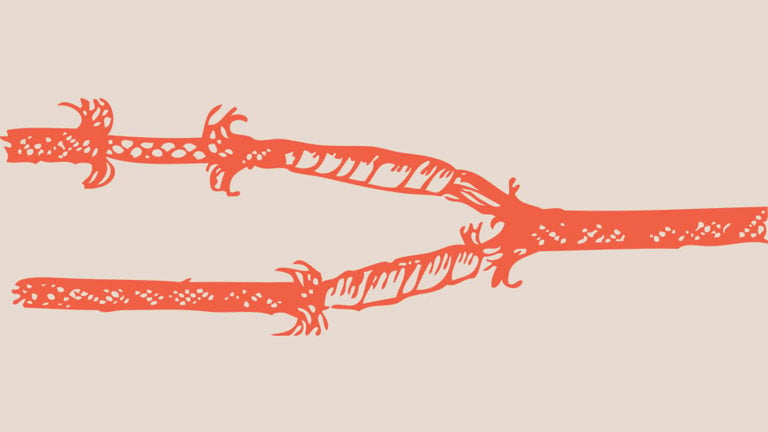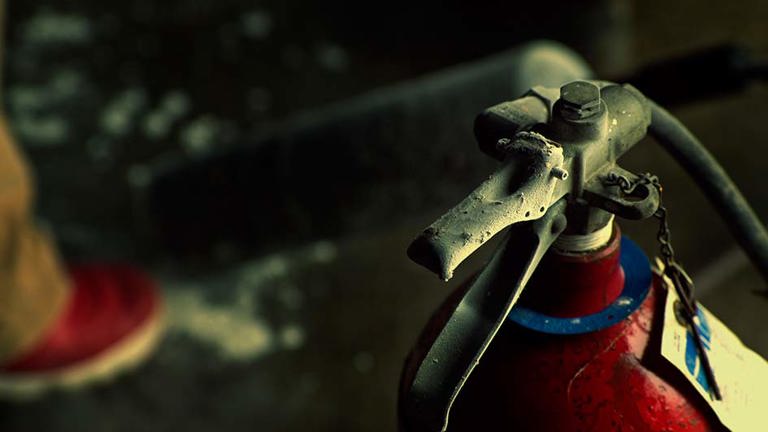Unlike some mechanical problems, steering problems generally give you plenty of warning that something is wrong, and the warning signs persist until the problem is fixed or the system fails.
Ignoring these warnings could result in an accident that may not be covered by your car insurance, so if your steering is exhibiting any of the following symptoms, take it to a mechanic for inspection and repair:
- Difficulty in turning the wheel. If you have power steering, as most cars do these days, then this could indicate the system has a problem. Firstly, check to see if the fluid reservoir is full. If it isn’t, fill it up. If the next time you check, it has gone down again, then check under the vehicle for signs of any fluid leakage. Leaks can be in the steering pump, hoses or the steering rack itself.
- Steering wheel vibration. While this is often an indication of wheel alignment problems, steering wheel vibration can also indicate a problem with the power steering. A build-up of contaminants in the system can cause the steering wheel to vibrate or ‘pulsate’ when the wheel is turned fully in one direction or another. A power steering flush would normally fix this problem.
- Steering wheel slips when you attempt to turn it or hold it in a turned position. This is another sign that the power steering is failing. Other causes of power steering failure apart from leakage include faulty pumps, worn steering rack mounts and loose or worn steering belts.
- Looseness in steering wheel. This is usually caused by worn steering racks and tie rods.
- Excessive steering wheel vibration when you accelerate or turn a corner. This is usually caused by faulty or worn tie rods. If allowed to continue, it will cause the whole car to vibrate and eventually lead to loss of steering, so it should be rectified as soon as the problem is discovered.
- Vehicle wanders or pulls to one side. This often indicates a problem with a worn steering gear. Premature steering gear wear can be caused by lack of lubrication from power steering fluid, so you should also check for any power steering leaks when replacing a worn steering gear.
- Excessive play in the steering wheel can also point to a worn or faulty steering gear. If you have to turn the steering wheel more than an inch before the wheels begin to turn, then you can be fairly certain there is a problem with the steering gear.
- Grinding noise when turning the steering wheel. This is yet another indication of a steering gear problem.
- Screeching noise when you turn the wheel. This is often caused by a loose or worn power steering belt. This is the belt that connects the power steering pump to the engine. The screeching noise could also be a symptom of low power steering fluid levels, as mentioned before.
- Foaming or discoloured power steering fluid. This indicates that air or water has gotten into the system and the fluid is not lubricating the components properly.
By having your vehicle regularly serviced and free from general wear and tear (a requirement of many car insurance policies) and staying alert for any of the warning signs mentioned above, you will have a much better chance of finding and fixing a steering problem before it becomes costly and dangerous.




